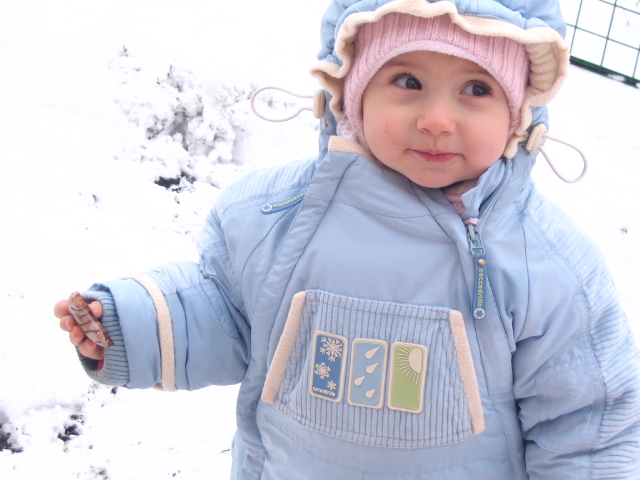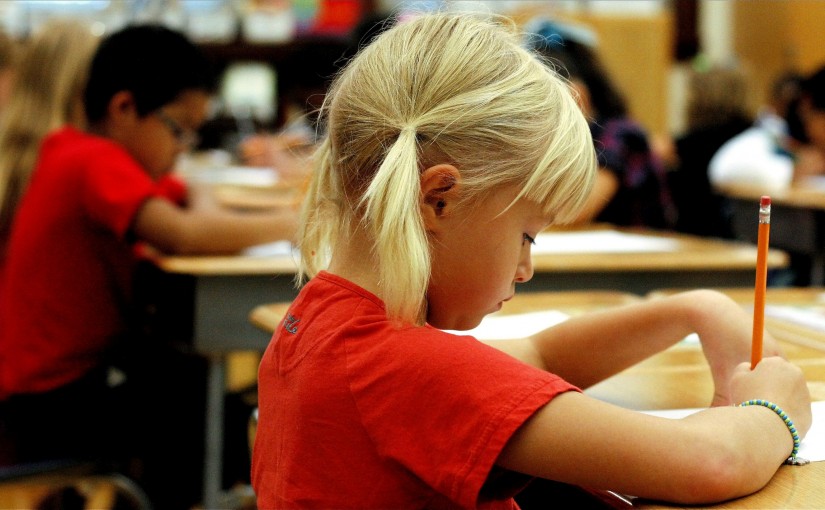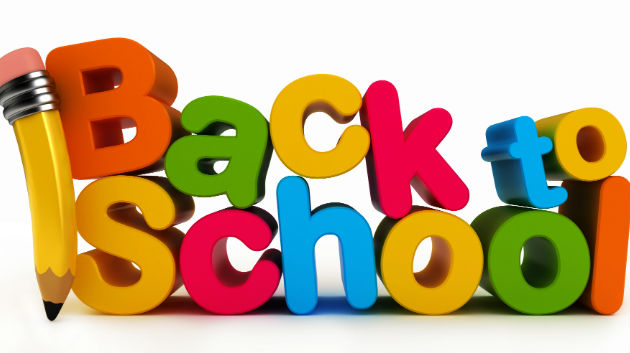Tag: Special Needs
-

Are Children Conceived in Winter More Likely to Develop Autism?
Expecting parents are always concerned with whether or not there is something they can do to ensure the health of their children. Recently, studies have turned toward the subject of autism, and whether or not the time of year when a child is conceived has any effect on its mental health at birth. There is…
-

Autism Awareness Shirts
About 1 in 68 children have been identified with autism spectrum disorder (ASD) according to the Centers for Disease Control and Prevention (CDC). ASD is a developmental disability that causes social, communication and behavioral challenges. The degree of these challenges can vary widely person to person, depending where they fall on the spectrum. To date,…
-

Identifying Different Types of Learners
There are many different ways that people learn, and in any classroom, you are bound to encounter several students from each learning category. While one method of teaching may work very well for a certain type of learner, another type may not respond at all to what you try. As a new teacher, it is…
-

Help Your Special Needs Children Get Back to School
The back-to-school season can be a rough transition for any child—especially when they’re headed for a new school. But when your child has special needs, a new environment can cause extra anxiety. Fortunately, there’s plenty you can do to prepare your special needs child for a new school now to lessen your child’s stress when…